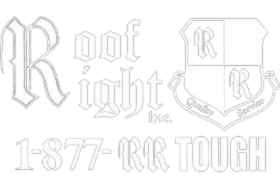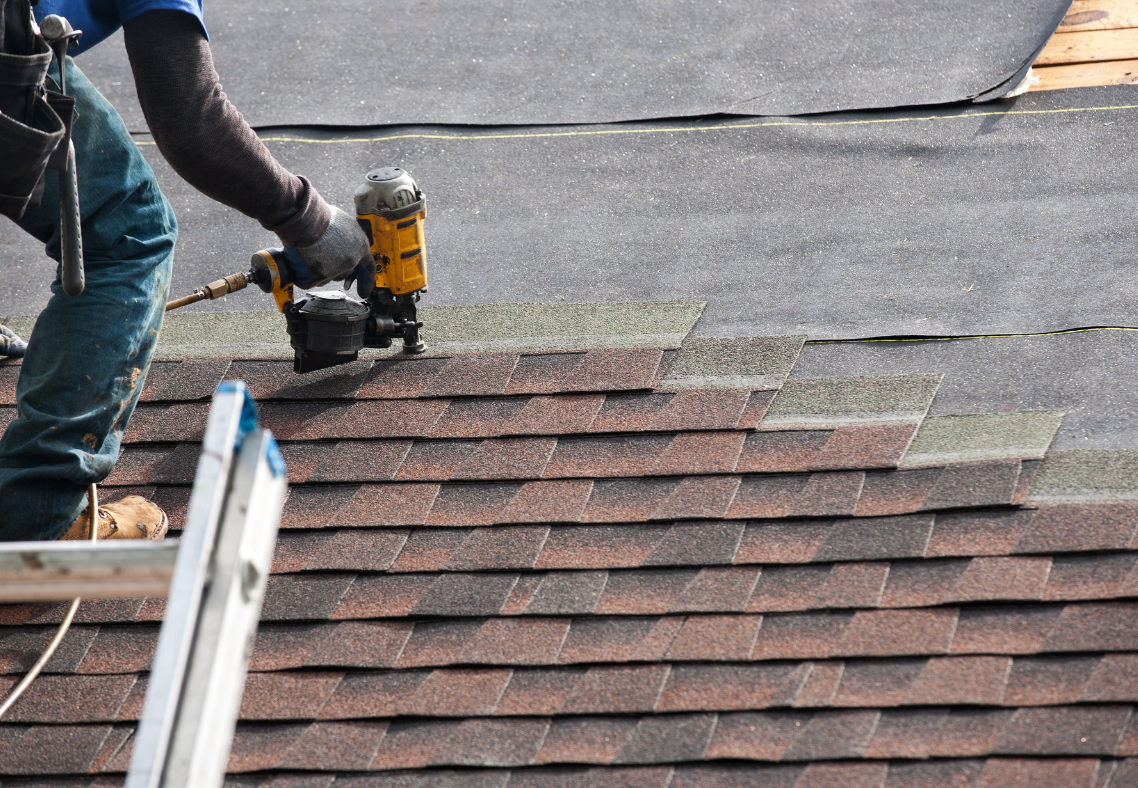What Is A Roofing Square?
Roof Right: Exterior Home Remodeling Specialists in Maryland Contact UsSchedule A Free EstimateIf you’re planning to replace your roof or consult with a contractor, you may come across the term “roofing square.” Understanding what a roofing square is and how it’s calculated can be essential when budgeting for a new roof. Put simply, a roofing square is a unit of measurement used by roofing professionals, equaling 100 square feet of roofing surface. For instance, a 2,000-square-foot roof area is equivalent to 20 roofing squares. This measurement helps contractors estimate materials, labor, and overall costs accurately, giving homeowners a clear view of project expenses.
Answering The Question: What Is A Roofing Square?
Why Roofing Squares Matter
The number of roofing squares directly impacts the cost of a new roof due to the materials required, waste disposal fees, and labor involved. Each roofing material type has a different coverage rate per square, so understanding roofing squares is crucial when choosing your roof materials. For example, standard asphalt shingles require around three bundles per roofing square, although this number can vary depending on the type and quality of shingle. More luxurious or thicker shingles might require up to six bundles per square, significantly affecting both the cost and weight of materials.
How to Calculate the Number of Roofing Squares on Your Roof
While a professional roofing inspection offers the most accurate count, you can roughly calculate your roofing squares with a few simple steps. This estimate won’t be exact, but it can help you gauge costs more effectively.
Step 1: Determine Your Home’s Footprint
First, calculate your home’s footprint, or the basic area of the structure. To do this, walk the perimeter of your home, counting your steps along each side to get its length and width. Most people have a stride length of approximately three feet, so you can multiply your step count by three to get the dimensions. Then, multiply the length by the width to find the approximate footprint of your home. This number will help you with the remaining calculations.
Step 2: Apply Roof Pitch and Complexity Multiplier
Next, factor in the slope, or pitch, of your roof, along with its complexity. Roofs with steep slopes and multiple angles or architectural features like dormers and valleys have more surface area than flat or simple roofs. Use the following multipliers based on your roof’s characteristics:
- Simple, walkable roof (low slope): Multiply by 1.3
- Moderate complexity with a 5/12 – 8/12 pitch: Multiply by 1.4
- Complex and steep roof (8/12 or steeper): Multiply by 1.6
Step 3: Calculate the Square Footage of Your Roof
Once you know your home’s footprint and have selected the appropriate multiplier, multiply these numbers together. This final calculation will provide an estimated total square footage of your roof, accounting for its slope and design complexity. For example, a home with a footprint of 1,500 square feet and a moderately complex roof would yield an approximate roof area of 2,100 square feet (1,500 x 1.4).
Step 4: Divide to Determine Roofing Squares
To convert the total square footage into roofing squares, divide your result by 100. In our example, dividing 2,100 square feet by 100 results in 21 roofing squares. This calculation gives you an idea of how many squares are on your roof and can help you estimate material requirements and labor costs.
Can You Use Your Home’s Square Footage to Estimate Roofing Squares?
It may seem convenient to rely on your home’s total square footage to determine roof measurements, but this approach is often inaccurate. Several factors can alter the actual surface area of your roof, making the square footage of the home itself unreliable for roofing purposes.
Roof Pitch and Complexity
Roof pitch, or slope, impacts the amount of surface area on a roof. A steeper pitch means a larger surface area, which isn’t reflected in your home’s square footage. Additionally, the complexity of a roof—such as multiple angles, dormers, valleys, and levels—adds to the surface area and, consequently, the number of roofing squares required. Homes with complex roof designs have more roofing squares than simpler structures with the same interior square footage.
Overhangs and Eaves
The overhang, or eaves, extends beyond the home’s walls to provide additional weather protection and drainage. These areas are not counted in your home’s square footage but still require roofing materials and must be included in total roof measurements.
Multiple Stories and Attic Spaces
For multi-story homes, roofing squares pertain only to the uppermost level, as roofs do not cover floors below it. In addition, attic spaces are generally excluded from square footage calculations but require roofing coverage, particularly in unfinished areas. Including these areas in your estimate helps provide a more comprehensive view of required materials.
Factors Beyond Roofing Squares That Affect Cost
Now that you understand what a roofing square is and how to estimate it, it’s essential to remember that the total cost of a roofing project depends on additional factors beyond square footage. While roofing squares are a significant factor, here are a few more aspects to consider:
- Roofing Material: Different materials vary in price per square, and some, like metal or tile, may be more expensive than standard asphalt shingles.
- Labor Costs: Roofing complexity and pitch can increase labor costs, as steep or complex roofs require more time and expertise to install safely.
- Removal and Disposal: The cost of removing an old roof and disposing of materials adds to the overall project expenses.
- Insulation and Underlayment: Many roofing projects involve adding insulation and underlayment for additional protection, which can impact the final cost.
- Permits and Inspections: Some areas require building permits and inspections, particularly for large-scale roofing projects, which may add additional fees.
Contact Roof Right For Roofing Square Installations In Maryland
When it comes to accurately measuring your roof and installing high-quality materials, Roof Right is here to help Maryland homeowners every step of the way. Understanding roofing squares and the factors involved in a roof replacement can be overwhelming, but our experienced team is dedicated to making the process easy and stress-free. Contact Roof Right today for a detailed consultation and let our skilled professionals provide the exact measurements, high-quality materials, and expert installation your roof needs to protect your home. Whether you’re replacing an old roof or planning for a new installation, we’re here to ensure every roofing square is measured precisely and covered with care.
Areas We Serve
If you're looking for a roof contractor in Maryland, give Roof Right a call today at (410)-374-5923 to schedule an appointment!
Carroll County
Howard County
Clarksville, Columbia, Elkridge, Ellicott City, Fulton, Jessup, Laurel, Woodstock
Montgomery County
Baltimore County
Baldwin, Bradshaw, Carney, Cockeysville, Glen Arm, Hunt Valley, Jacksonville, Kingsville, Lutherville, Nottingham, Overlea, Owings Mills, Parkton, Parkville, Perry Hall, Phoenix, Pikesville, Reisterstown, Sparks, Timonium, Towson, White Marsh

